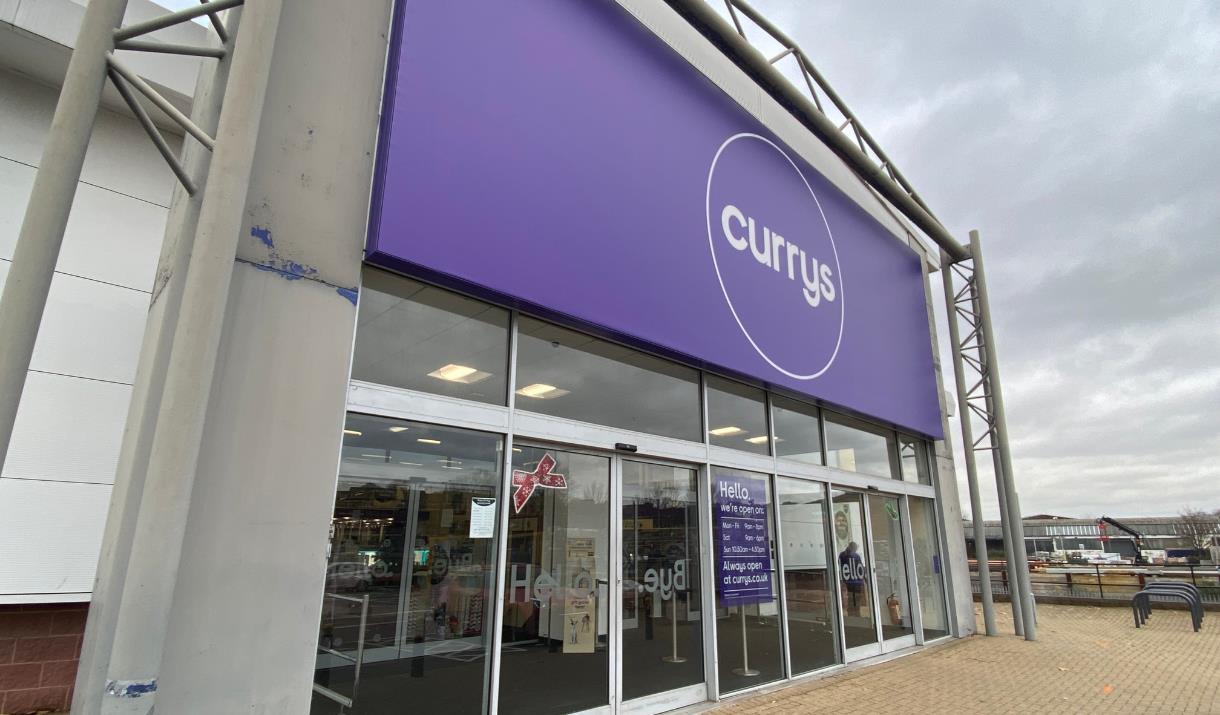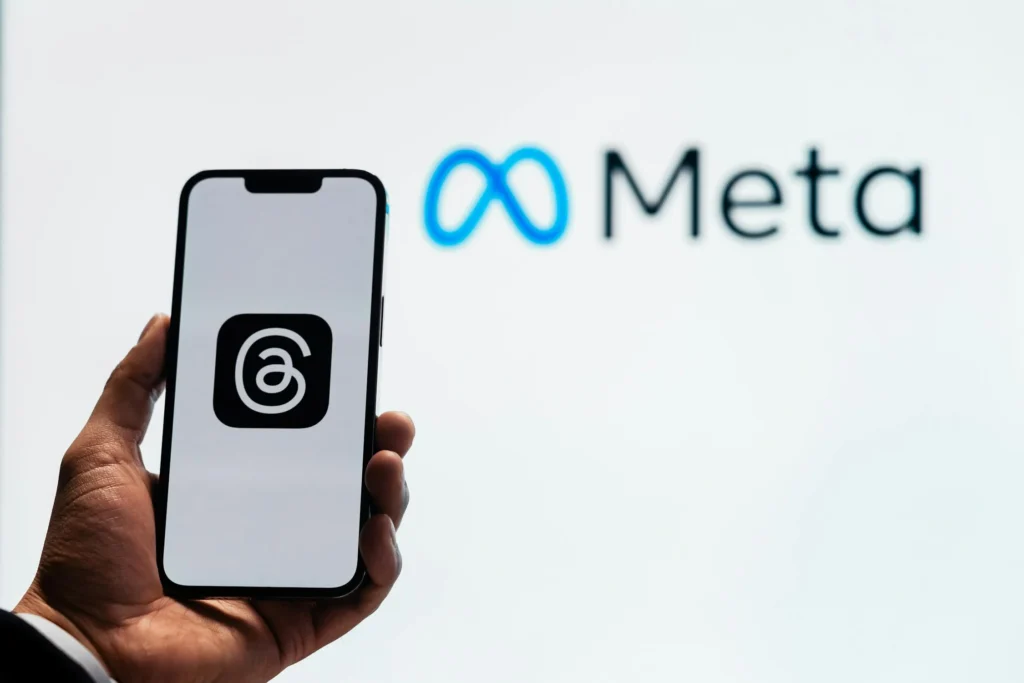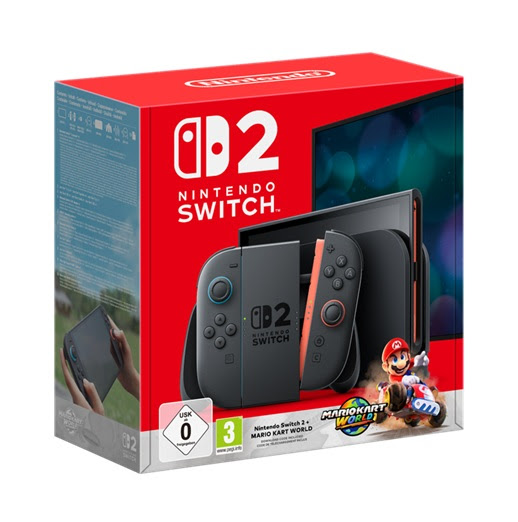Share

Consumer association Which? has alleged that major UK retailers, including Currys and Very, are potentially misleading customers with exaggerated discounts on expensive televisions.
A comprehensive analysis of over 1,600 TV deals revealed that more than half (56%) used a “was” price that was not the most recent price charged before the promotion, creating an illusion of larger savings.
The investigation further found that four in 10 (40%) TVs had a “was” price applied for less time than the lower promotional price. A third of all TVs scrutinized displayed both these problematic practices simultaneously.
Very emerged as the worst offender, with approximately nine in 10 (87%) of its 399 TV deals using “was” prices that were not the most recent.
In over half of these cases, the higher price was also applied for a shorter duration than the deal price. For example, an LG OLED TV advertised with a “was” price of £2,499 hadn’t sold at that price in five months, having been available at seven different lower prices since. Similarly, a Samsung QLED TV had a “was” price of £1,099 that hadn’t been seen in eight months.
Currys ranked as the second worst, with three-quarters (75%) of its 608 offers using a non-recent “was” price. It also had the highest rate (68%) of TVs where the higher price was used for a shorter time than the discounted offer. Which? cited an LG LED TV at Currys, sold at its “was” price for only 25 days, compared to 207 days at the promotional price.
In contrast, AO performed better, with a third of its deals showing intervening prices, though it was more transparent with dates. Argos was the best performer, with almost all its “was” prices reflecting the immediate prior price.
Which? also scrutinized Amazon’s approach, which defines “was” prices as the median selling price over the past 90 days, excluding promotions. Which? believes this method, by excluding promotional prices, could cause confusion by inflating the “was” price.
Consumer protection guidance from the CMA and CTSI states that “was” prices should be the actual price immediately before a discount and applied for a sufficient period. Which? is urging regulators to take enforcement action. Lisa Webb, Which? Consumer Law Expert, advised shoppers to “take any such discounts with a pinch of salt and check price tracking sites… to ensure they are getting a genuine deal.”
Right of replies
A spokesperson from The Very Group said: “We understand how important promotions are to our customers. For many of our products, including televisions, prices can change in line with market conditions, like when new models launch or major promotions go live. Our teams work tirelessly to ensure all of our 100,000+ products reflect the latest price points and promotions, aligning with our pricing policies. We are always looking to find new ways to improve how we do this so our customers can shop with confidence.”
A Currys spokesperson said: “We have raised these findings with our internal teams and will continue to work to ensure our reference (was/now) pricing is robust and accurate. We’d also encourage our customers to make the most of our price promise, meaning if they find the same item at a lower price elsewhere within 7 days of purchase, we will refund the difference.”
An AO spokesperson said: “We’re delighted that Which? agrees that our prices are unlikely to mislead consumers, because we pride ourselves on a transparent pricing approach and after all, customers aren’t daft. Customers always receive the best possible value from AO whether it’s through our membership scheme or our price match guarantee, which matches hundreds of online and store retailers.”
An Amazon spokesperson said: “We strive to maintain low and competitive prices on our selection. This is reflected in research from independent analysts Profitero, which has ranked Amazon as the lowest-priced online retailer in several categories in the UK for five consecutive years. Our prices can change when we offer deals to help our customers save money, or as independent sellers choose to update their prices. The ‘Was Price’ is determined by the median selling price paid by customers for a product on Amazon.co.uk (excluding promotional prices), and we provide clear and accurate pricing information to customers on our product pages.”
Related Posts
Discover more from Tech Digest
Subscribe to get the latest posts sent to your email.











Leave a Reply